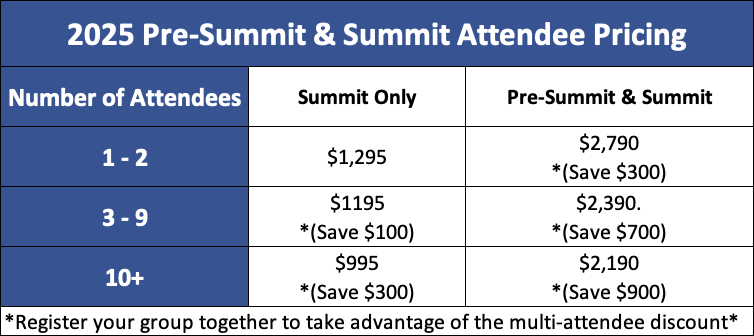The Affect Heuristic: How Your Brain Shapes Safety Decisions

Understanding how the brain processes information can provide valuable insights into safety and risk management decision-making processes. The affect heuristic, a concept rooted in cognitive psychology, plays a crucial role in how individuals assess risks and make choices. To grasp its impact, it’s essential to explore the roles of the mammalian and reptilian brains and how they influence our safety decisions.
It is important to note that while discussions of the reptilian and mammalian brains often refer to evolutionary theories, here, we focus on these concepts from a psychological perspective rather than an evolutionary or creationist standpoint.
The Reptilian Brain: Instincts and Survival
The term “reptilian brain,” sometimes referred to as “lizard brain,” is used in psychology to refer to the brainstem and basal ganglia, which are responsible for basic survival functions and instincts. This part of the brain governs:
- Fight-or-Flight Response: This automatic reaction prepares us to confront or escape danger, ensuring immediate survival.
- Routine Behavior: It manages habitual actions, allowing for efficient performance of routine tasks without conscious effort.
In safety contexts, the reptilian brain’s influence is seen in our instinctive reactions to potential threats. For instance, a loud noise might trigger a startle response or a rush to safety, driven by our survival instincts rather than deliberate thought.
The Mammalian Brain: Emotions and Social Behavior
The “mammalian brain,” or limbic system, refers to brain structures like the amygdala and hippocampus, which handle emotions, social interactions, and memory formation. Key functions include:
- Amygdala: Processes emotions such as fear and pleasure, influencing how we respond to situations based on past emotional experiences.
- Hippocampus: Contributes to forming memories and connecting these memories with emotional experiences.
The mammalian brain plays a significant role in perceiving and responding to risks based on our emotions and past experiences. For example, someone with a history of trauma might have heightened emotional responses to similar situations, affecting their safety perceptions.
The Affect Heuristic: Emotions Over Facts
The affect heuristic is a cognitive shortcut that relies on our emotions rather than objective analysis when making decisions. This means our feelings about a situation or risk can significantly influence our choices, often resulting in emotional responses that overshadow factual data.
For example, consider someone who has experienced turbulence during a flight or has heard about a plane crash in the news. This emotional baggage—fear or anxiety related to air travel—can lead them to perceive flying as more dangerous than it is statistically. Despite the high safety record of air travel, their emotional response causes them to overestimate the risk.
Conversely, positive experiences with certain safety measures can lead to an overestimation of their effectiveness. For instance, if someone has had a very positive experience with a particular safety protocol, they might believe that protocol is more effective than it actually is. This overestimation is driven by the positive emotional response to the experience, rather than an objective data assessment.
Understanding the affect heuristic and its impact on decision-making is crucial. It helps explain why individuals might make choices that seem irrational from a purely factual standpoint. By being aware of how emotions influence our perception of risk and safety, we can better navigate the complexities of decision-making and develop more effective risk management strategies.
Side note: As a Ph.D. candidate deeply engaged in research, I frequently encounter statistics presented as definitive answers to complex questions. However, it’s crucial to understand that these statistics are not absolute truths. They are interpretations that can be influenced by various factors, such as data collection methods, sample sizes, and the assumptions underlying the analysis. Recognizing that statistics represent interpretations rather than unassailable facts helps me critically evaluate the data and understand its implications.
Implications for Safety and Risk Management
Understanding the interplay between brain functions and the affect heuristic can significantly enhance safety practices and risk management strategies:
- Training and Awareness: Educate individuals about how their emotional responses might affect their perception of risk. Awareness can help mitigate the influence of the affect heuristic and encourage more rational decision-making.
- Communication Strategies: Tailor safety communications to address emotional concerns and reinforce positive experiences. Effective communication can enhance the perceived effectiveness of safety measures.
- Risk Assessment Practices: Integrate both factual data and emotional considerations when assessing risks. Recognizing the role of emotions helps in developing comprehensive safety strategies that address both psychological and practical aspects of risk.
- Incident Response: Train safety personnel to manage emotional responses during incidents. Effective handling of emotions can lead to more accurate assessments and better outcomes.
Safety professionals can develop strategies that improve risk management and decision-making by focusing on psychological aspects of brain function and understanding the impact of the affect heuristic. Balancing emotional responses with objective data is crucial for ensuring well-informed choices in everyday and critical situations.
To dive deeper into these concepts and explore cutting-edge approaches to risk management and decision-making in the context of Root Cause Analysis, consider attending the Global TapRooT® Summit.
Attend the 2025 Global TapRooT® Summit
The Summit brings together industry leaders and safety professionals to explore cutting-edge techniques for improving decision-making, risk management, and incident investigations. It’s the perfect place to gain insights and sharpen your skills for tackling complex safety challenges.
- What are the eight Best Practice Tracks at the 2024 Global Summit? CLICK HERE to review them.
- Get more Summit information by CLICKING HERE.
- See the five Keynote Speakers topics HERE.
- Download the eight-page Summit brochure (coming soon).
- See the complete Summit schedule at THIS LINK.
- Learn about the 11 special Pre-Summit Courses being held on September 29-30, 2025 (just before the Summit) by CLICKING HERE.
SAVE when you attend both the Summit and a pre-Summit Course. Save even more when you bring a team (up to $900 per person).

REGISTER for a Pre-Summit Course and the Summit by CLICKING HERE.




